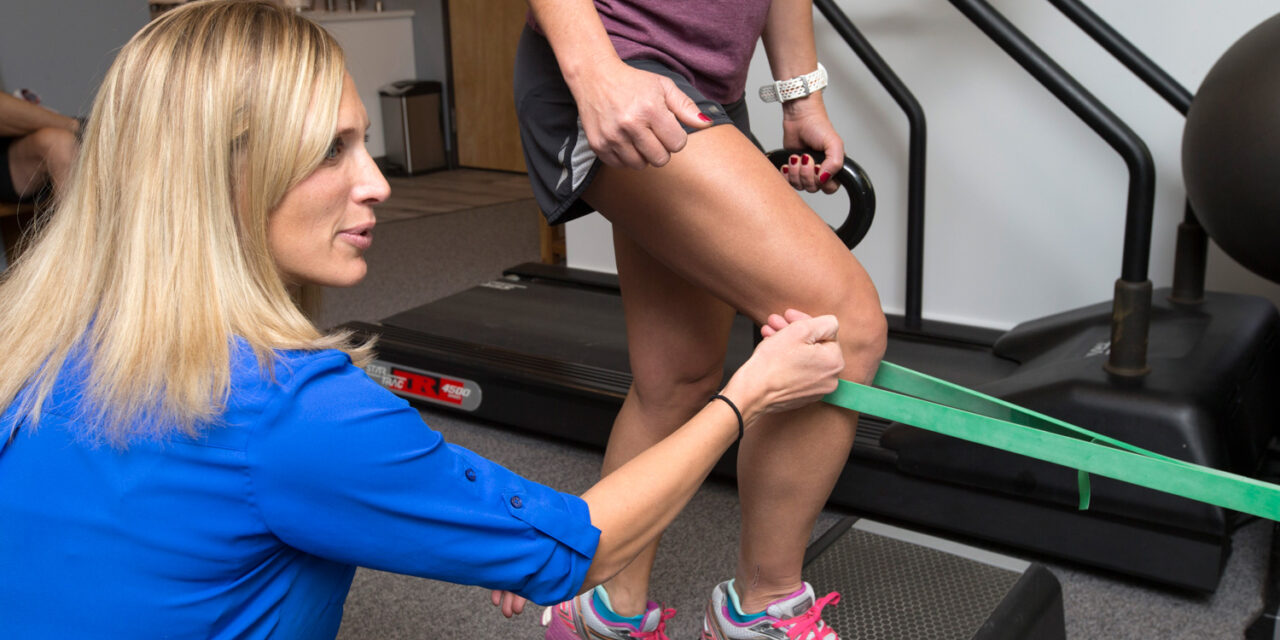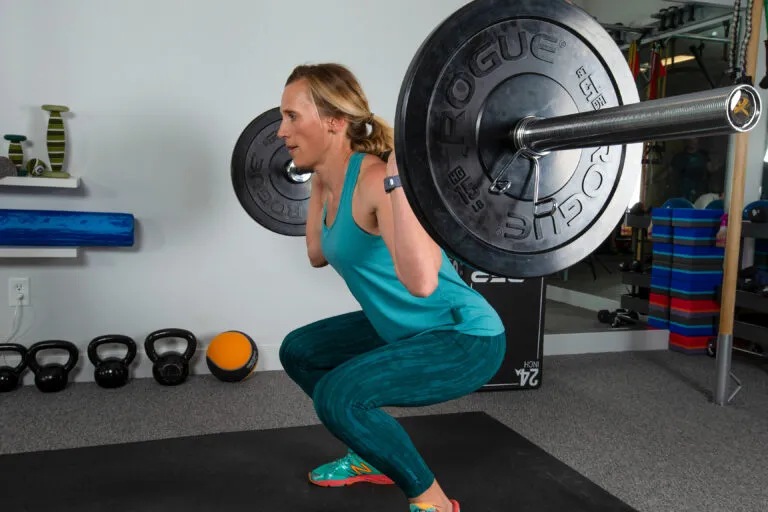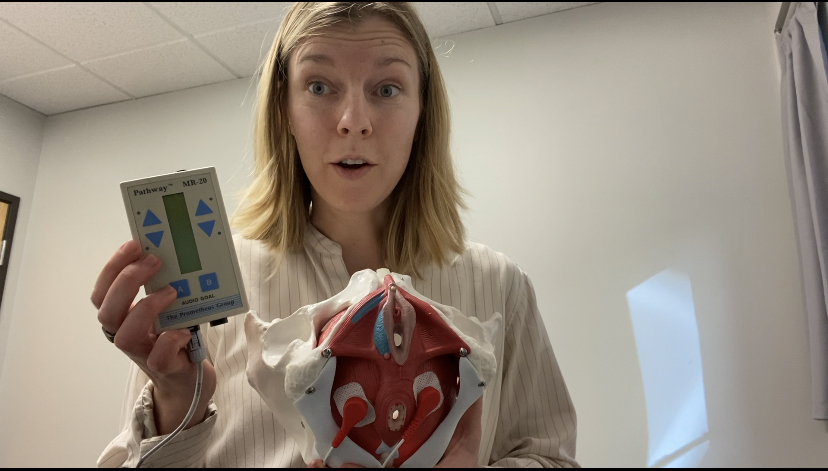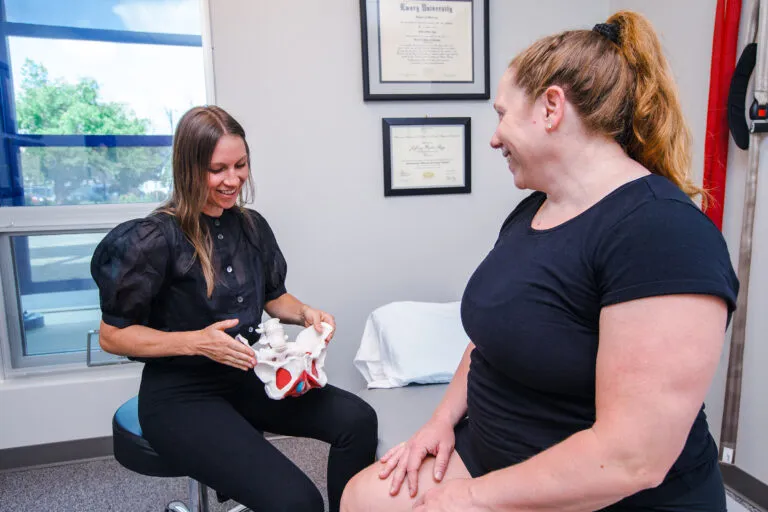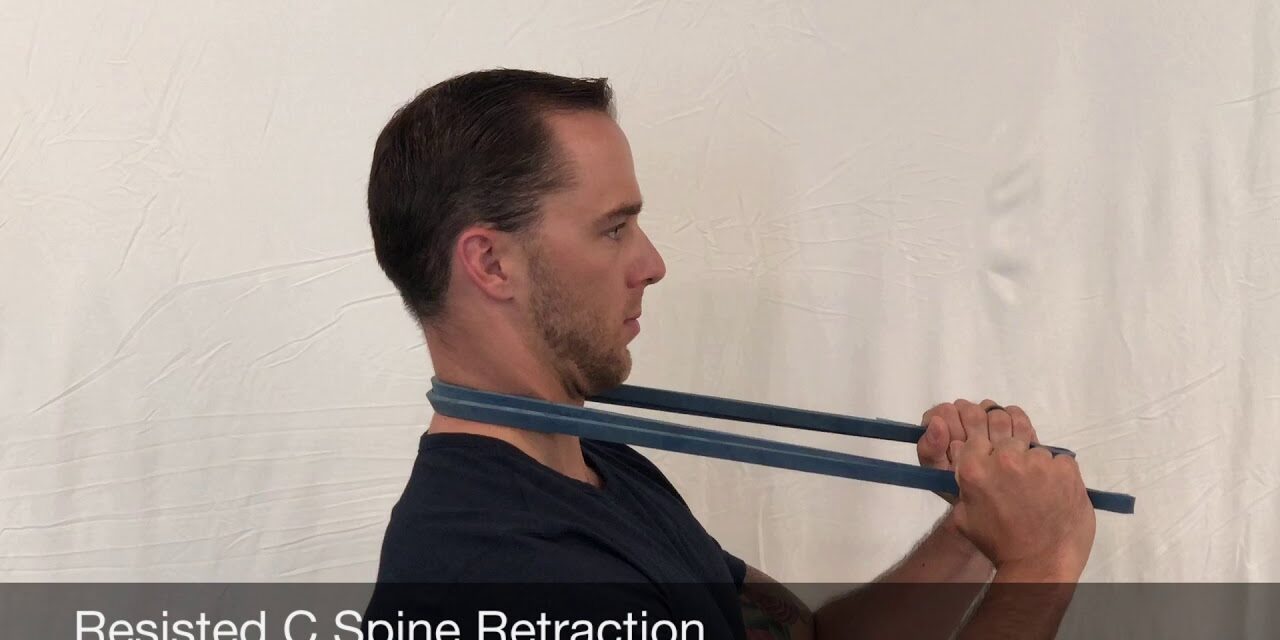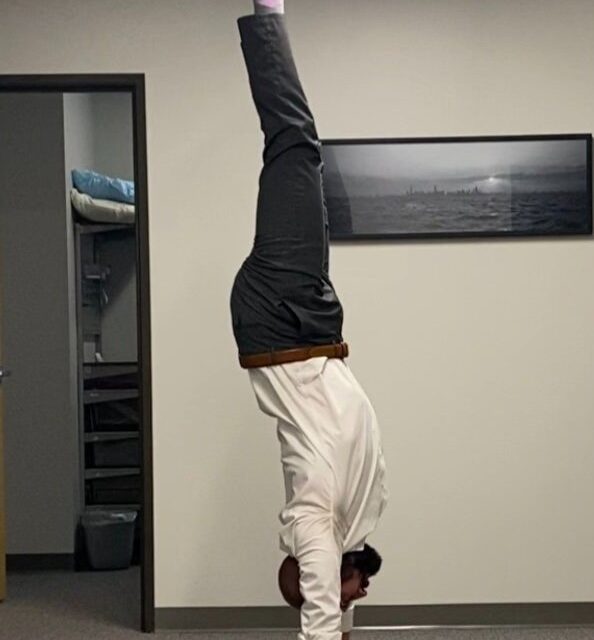Strength training participation is increasing as more and more Americans realize the health benefits of this form of exercise. Current research continues to support the mental, emotional, and physical benefits of strength training. Strength training principles require participants to select a weight designed to fatigue a given muscle within the desired reps. For example, if...
Patellar tendinopathy is a painful condition along the tendon below the knee cap commonly diagnosed in jumping or bounding athletes. In our Boulder Physical Therapy and Lafayette Physical Therapy clinics we often encounter this diagnosis among patients who did too much too soon or too little for too long. Tendons require consistent loading through exercise...
Improving Osteoporosis With Exercise
November 16, 2023
In our Boulder Physical Therapy and Lafayette Physical Therapy clinics we commonly receive questions on the benefits of exercise on bone density. High intensity resistance training and impact training have been shown to improve indices of bone strength in postmenopausal women with low bone mineral density (Watson et al. 2018). High intensity resistance training and...
What is Biofeedback for the Pelvic Floor? Our Boulder and Lafayette clinics now offer surface EMG biofeedback for pelvic muscle training! Biofeedback for the pelvic floor, or specifically surface EMG (sEMG), is a device that senses muscle activity at the pelvic floor muscles via external electrodes. You can then visually view on the device when...
In Defense Of The Kegel
October 26, 2023
A common question we discuss in our Boulder Physical Therapy and Lafayette Physical Therapy clinics regards Kegels. First and foremost, Kegels are not always appropriate and are definitely not always enough in treating pelvic floor dysfunctions! Gone are the days of doing only Kegels on a table in a room. For all the reasons Kegels...
The utilization of cold temperatures whether in the form of air temperature, water immersion, or ice baths after exercise is not new, but participation in this intervention is on the rise. As the popularity of cold water immersion increases it continues to outpace the available research supporting its’ utilization. Overall the research has significant methodological...
Improving Adherence To Your Exercise Program
September 29, 2023
Exercise remains one of the most powerful interventions available to improve mental, emotional, and physical health, as well as, increase our quality of life as we age. Participants who participate in a regular exercise program consisting of moderate aerobic exercise and strength training have significant health benefits over their less active peers. At our Boulder...
Closed Kinetic Chain: Unlocking Shoulder Pain For Climbers
September 12, 2023
Introduction Climbing is a physically demanding and exhilarating sport that requires a combination of strength, balance, coordination, and flexibility. Unfortunately, when injuries to the shoulder occur some elements of good shoulder function tend to be negatively impacted. With any good Physical Therapy program, the compromised elements are found and targeted with exercise to restore function....
Can Exercise Prevent Neck Pain?
September 12, 2023
Neck pain is one of the most common reasons Americans seek care from their primary care physician and Physical Therapist. In our Boulder Physical Therapy and Lafayette Physical Therapy clinics we commonly treat neck pain through manual therapy, patient education, and high level exercise. Current medical research supports the utilization of manual therapy, including spinal...
Reducing Wrist Pain With Weight Bearing Positions
August 24, 2023
The ability to tolerate weight-bearing wrist extension is essential to many upper body exercises and activities. In our Boulder Physical Therapy and Lafayette Physical Therapy practices we often see patients and athletes limited by pain in their hands and wrists. Wrist pain with weight-bearing can impact your ability to do push ups, arm balances, handstands,...


